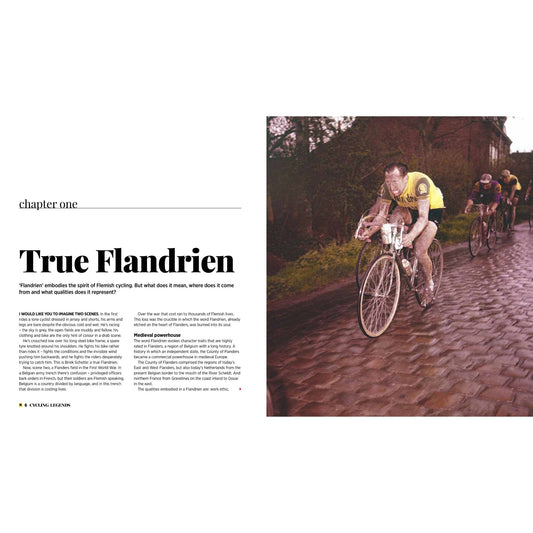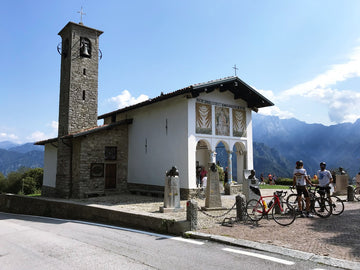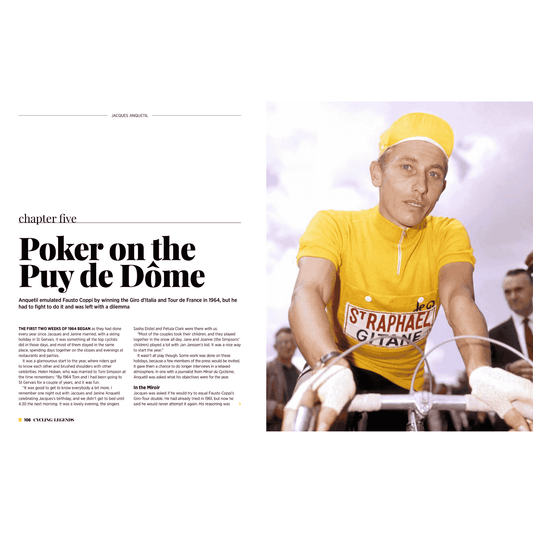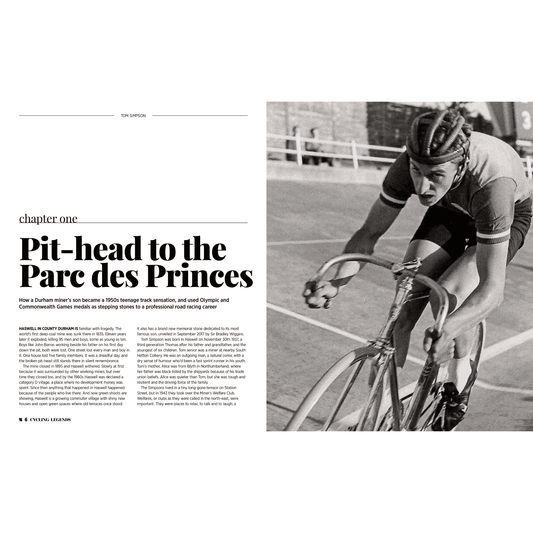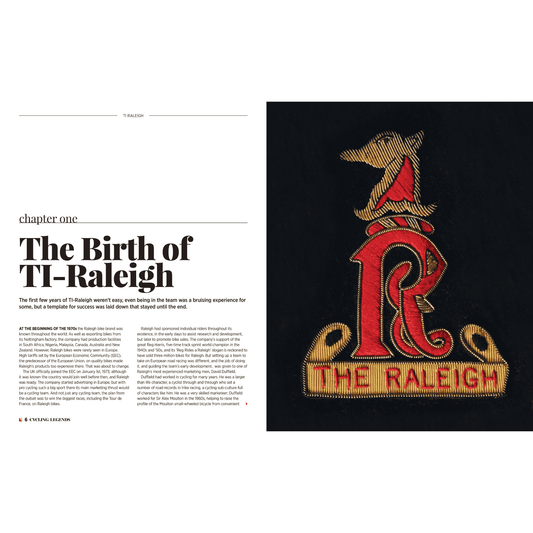Madonna del Ghisallo is the name of the chapel at the summit of the Passo del Ghisallo, one of the landmarks of Il Lombardia. It’s the cyclist’s chapel, and here’s a quick look at its history.
High on a promontory above the Italian lakes of Como and Lecco, stands the chapel of the Madonna del Ghisallo. It was built to serve the commune of Magreglio, but since then Madonna del Ghisallo became the Patron Saint of cyclists, as declared so by Pope Pious XII during the 1949 Giro d’Italia.
“The Madonna del Ghisallo is dedicated to cycling. Not just to champions but to all cyclists, and cycling as a whole,” said Fiorenzo Magni, three times winner of the Giro d’Italia and the Tour of Flanders and the first president of the Ghisallo Museum Foundation, which is right next to the chapel.

The museum is an extension of the collection inside the chapel, which rather than a display of exhibits acts as a remembrance place for cyclists. An eternal flame burns in memory of every cyclist who died on Italian roads. A visitor might remember a lost friend, or maybe reflect on the older champions who donated their bikes and jerseys to hang on the walls. Motionless, some of them now fading, but redolent of the grace beauty and passion of cycling.
Above the jerseys are the bikes of Gianni Motta, Felice Gimondi, Eddy Merckx and many others. Francesco Moser’s 1984 Hour Record bike, with its cow horn handlebars and double disc wheels, looks almost industrial compared to the elegant aerodynamics of modern track bikes.

Then there’s Fabio Casartelli’s bike, its forks cruelly bent backwards by the crash that cost the 1992 Olympic road race champion his life on the descent of the Portet d’Aspet during the 1995 Tour de France.
That bike is a sobering illustration of how fragile life can be, and of the dangers of cycling. So are the small photographs crowded around the Alter of every person who has lost their life while cycling on the roads of Italy.
The Madonna del Ghisallo became dedicated to cyclists because of a parish priest in the 1940s. Father Ermelindo Vigano saw how many cyclists stopped to offer prayers at the chapel, and thought that, as well as it being on the route of Italy’s most beautiful race, would make it fitting place to be dedicated to cycling. He lobbied his bishop then the Vatican, and finally received the blessing of the Pope.

Inside the Chapel
Before then it was dedicated to travellers after the medieval Count di Ghisallo was set upon by robbers and sought sanctuary inside the chapel. Once inside the Count claimed he’d seen a vision of the Virgin Mary on the Alter. With travellers being looked after by any number of roadside shrines throughout Italy, the Vatican didn’t need much persuading to dedicate this one to cyclists.
The Madonna del Ghisallo; the climb, the chapel, the museum, everything about the place is a celebration of cycling. It’s a place to watch the pros, a place to ride, a place to consider the great champions of the past, but also a place to remember all cyclists who have lost their lives doing something they loved and believed in. It’s a place that every cyclist should visit at least once if they can.

Il Lombardia on the lower slopes of the Passo del Ghisallo (photo - Graham Watson)

